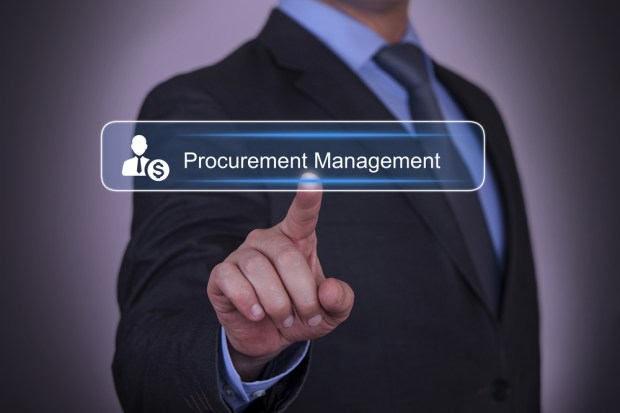Finding The Right Supplier — From Anywhere

The mobile device is starting to change the way corporate spend occurs. Most often, the phenomenon occurs in the travel and expense management segment of a business; employees can file purchases and expense reports on the go, while managers can review and disburse those requests through a mobile device, too.
K2 Sourcing wants firms to take advantage of smartphones and tablets in another area of corporate spend, however. The company revealed this week that its supplier sourcing tool, eSourcing, is now compatible with iOS and Android devices.
According to K2 Sourcing President Matt Miller, jumping on the mobile train can significantly cut the time it takes for a procurement professional to find the right supplier, and that’s good news for everyone. PYMNTS spoke with Miller about how the mobile device is slowly-but-surely changing the procurement process and tossing out the notion of a one-size-fits-all solution.
“More and more, you see the trend going more mobile,” Miller said about K2 Sourcing’s decision to make its eSourcing solution mobile-friendly.
Statistically, he’s right. Last month, CNBC released the results of its annual survey on the use of mobile devices across Europe, Asia and the U.S. among business professionals. According to the research, the mobile device has now penetrated 100 percent of these professionals, with 74 percent reporting that they are keeping their eye on mobile commerce and payment technologies specifically.
For the corporate procurement space, Miller said it simply “makes sense” to enable users to conduct their supplier sourcing business on a mobile phone. “A lot of our clients are outreaching to so many different suppliers around the world,” he explained, adding that his top customer base is the mid-market company and SMEs.
The launch of K2 Sourcing’s eSourcing solution, Lean Source, on a mobile device means procurement officials and buyers can now interact with potential suppliers and partners in real time. Once a buyer has sent out a request for information, quotes or a reverse auction, suppliers from across the globe will see those invitations.
Typically, the process of getting suppliers to respond to those requests and vetting the potential partners can take six months and entail interacting with 100 suppliers or more, Miller said. By automating the sourcing process, businesses can cut that time in half and then even more so by allowing professionals to monitor this vetting process with their mobile device.
This can turn the traditional eSourcing and eProcurement process on its head — in more ways than one, Miller added.
“It can be a great way for professionals on the move to approve those requisitions and approve those payments through the phone because they’re not necessarily at their desk,” he explained, adding that while making an actual payment to a supplier via smartphone may not necessarily take off, procurement processionals “may process the documentation of the electronic transactions through their mobile device, so handling the workflow or approvals will trigger the payment.”
By making these procurement solutions adaptable to a smartphone or tablet, Miller explained that it can meet the specific needs of the sourcing and buying process. For example, if a professional needs a unique item or is seeking goods that are off-contract, a mobile device may be the quickest way to find, purchase and get approval for what’s needed.
The speed at which procurement professionals and their supplier partners can conduct business is key to the adoption of mobile solutions in this space, too, Miller said.
“All of the notifications decrease the cycle time; people can respond faster, they can see in real time where they are in the process,” he said. Plus, with a lot of salespeople being on the road, a way to check on where they are in the process of securing a contract via mobile device means faster business and, ultimately, faster payment.
“If I can compress that cycle time from six months to three months because the buyer can focus more on talking to suppliers and working through issues rather than playing around in spreadsheets, it’s a better process for both parties,” Miller explained.
In addition to the rise of the mobile device in B2B interactions, the K2 Sourcing president said he has his finger on the pulse of other trends in procurement, too. For example, making payments free for the supplier and paperless transactions are major trends, he explained.
[bctt tweet=”‘There is a trend to make people’s work accessible anywhere at anytime.'”]
But today, the mobile device seems to hit on the hot spot of procurement progress and innovation. “There is a trend to make people’s work accessible anywhere at anytime,” Miller said. “The workforce is getting more mobile and more flexible.”
